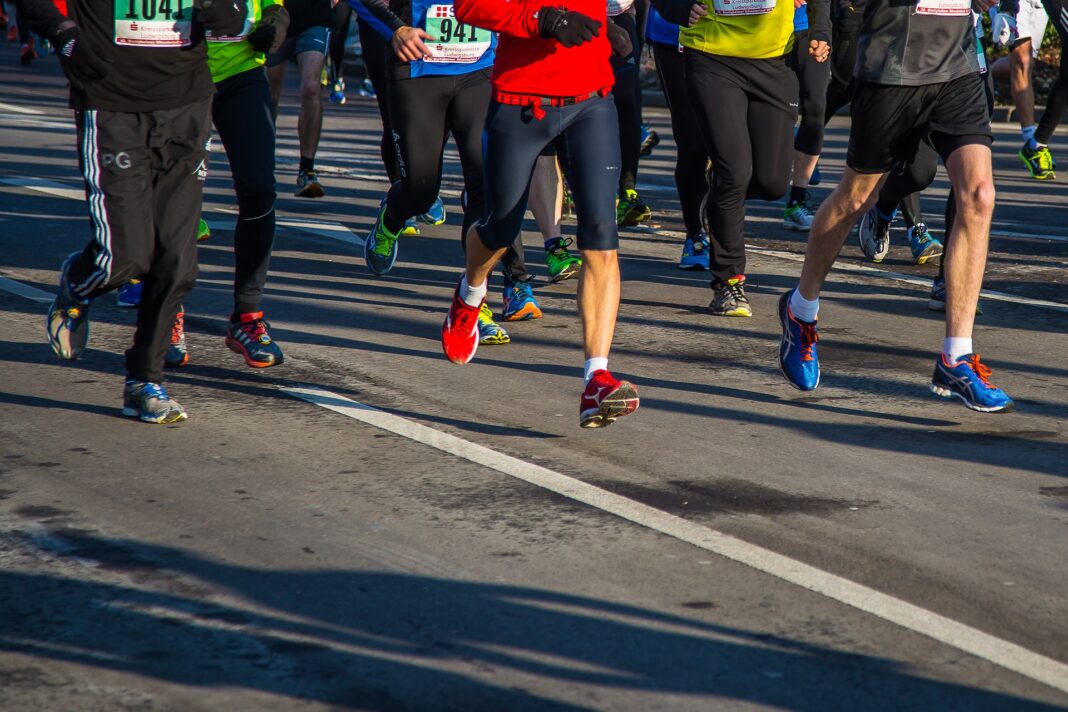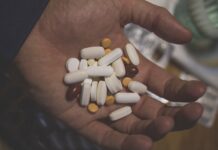Following the coronavirus disease (COVID‑19) outbreak in 2019, researchers began developing vaccines to generate acquired immunity against the severe acute respiratory syndrome coronavirus 2 (SARS‑CoV‑2). These vaccines are extensively endorsed in plummeting the extent of COVID‑19, besides lowering mortality because of this illness. Current reports mention that COVID‑19 vaccines successfully averted 14.4 million to 19.8 million deaths across 185 nations and regions from December 2020 to 2021.
A recent South African case-control study published in the British Journal of Sports Medicine reported that daily physical activity plays an important role in improving the efficiency of the COVID-19 vaccines. The article mentioned that the extent of protection against severe COVID-19 infection increased in tandem with levels of physical activity. Previously, studies published on the supplementary impacts of physical activity on immunization against numerous infections indicated that physical activity improves the antibody response in humans. However, researchers were not aware of similar impacts in the context of SARS-CoV-2, responsible for the COVID-19 outbreak.
Shirley and colleagues provided substantial evidence that consistent physical activity significantly reduces severe COVID-19 infection, thereby plummeting the risk of hospital admissions, assisted ventilation, deaths, and intensive care. Likewise does COVID-19 vaccination the research team based their findings on anonymized medical records. They used data from wearable activity trackers provided to adult members of the Discovery Health and Vitality clients. Vaccinated participants comprised healthcare workers who had received Ad26.COV2.S vaccine (also termed the Johnson & Johnson vaccine) in the Sisonke phase 3B study (an open-labeled trial that investigated the efficacy of the single-dose Johnson & Johnson vaccine among healthcare workers in South Africa), and the unvaccinated people included both healthcare and non-healthcare workers.
All participants were allocated into different physical activity categories based on their average monthly physical activity levels in the previous two years. The low group consisted of people with less than 60 minutes of physical activity in a week: the medium group, people with at least 60 minutes to 149 minutes, and the high group gathers participants with 150 minutes or higher activity time weekly. Then, the team analyzed COVID-19 swab test results for the three groups. The Johnson & Johnson vaccine displayed 60% efficacy against COVID-19 among completely vaccinated individuals in the low physical activity group. Thus, it lowered the peril of hospital admission by 60%. The vaccine also decreased the risk for participants in the medium (72%) and the high (86%)physical activity groups. Completely vaccinated participants with high physical activity levels were thrice less likely to get admitted to the hospital than vaccinated people with low physical activity. Moreover, the medium physical activity levels group was 1.5 times less likely to get admitted for COVID-19.
According to Shirley, these results indicated a potential dose response where high physical activity levels were related to greater vaccine effectiveness. These findings corroborated the recommendations of the World Health Organization for daily physical activity: 150 minutes to 300 minutes of physical activity of moderate intensity every week offers considerable health advantages in averting severe illnesses, particularly communicable viral infections. However, researchers were unable to determine the mechanism underlying the impact of physical activity on COVID-19 vaccination. They emphasized public health messaging for promoting physical activity as an economical approach to augmenting vaccine efficiency to lessen the risk of severe COVID-19 infection.
References
Watson, O. J., Barnsley, G., Toor, J., Hogan, A. B., Winskill, P., & Ghani, A. C. (2022). Global impact of the first year of COVID-19 vaccination: a mathematical modelling study. The Lancet Infectious Diseases, 22(9), 1293-1302. https://doi.org/10.1016/S1473-3099(22)00320-6
Li, Y. D., Chi, W. Y., Su, J. H., Ferrall, L., Hung, C. F., & Wu, T. C. (2020). Coronavirus vaccine development: from SARS and MERS to COVID-19. Journal of biomedical science, 27(1), 1-23. https://doi.org/10.1186/s12929-020-00695-2
Pascoe, A. R., Singh, M. A. F., & Edwards, K. M. (2014). The effects of exercise on vaccination responses: a review of chronic and acute exercise interventions in humans. Brain, Behavior, and Immunity, 39, 33-41. doi:10.1016/j.bbi.2013.10.003
Edwards, K. M., & Booy, R. (2013). Effects of exercise on vaccine-induced immune responses. Human vaccines & immunotherapeutics, 9(4), 907-910. doi:10.4161/hv.23365
Collie, S., Saggers, R. T., Bandini, R., Steenkamp, L., Champion, J., Gray, G., … & Patricios, J. (2022). Association between regular physical activity and the protective effect of vaccination against SARS-CoV-2 in a South African case–control study. British Journal of Sports Medicine. http://dx.doi.org/10.1136/bjsports-2022-105734





